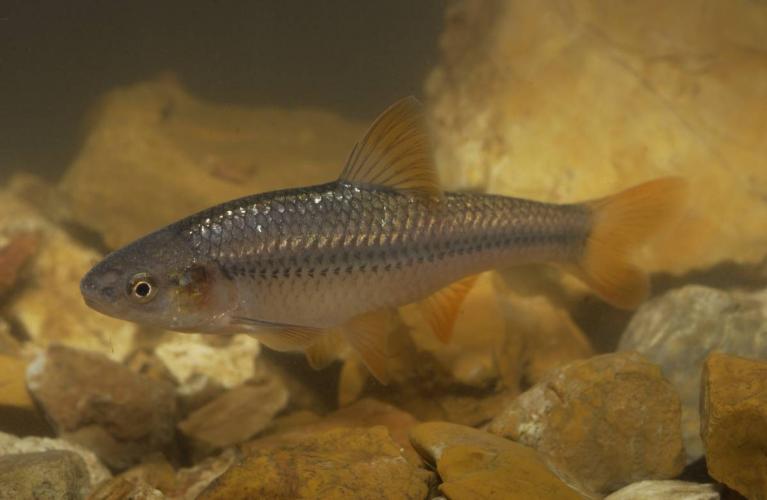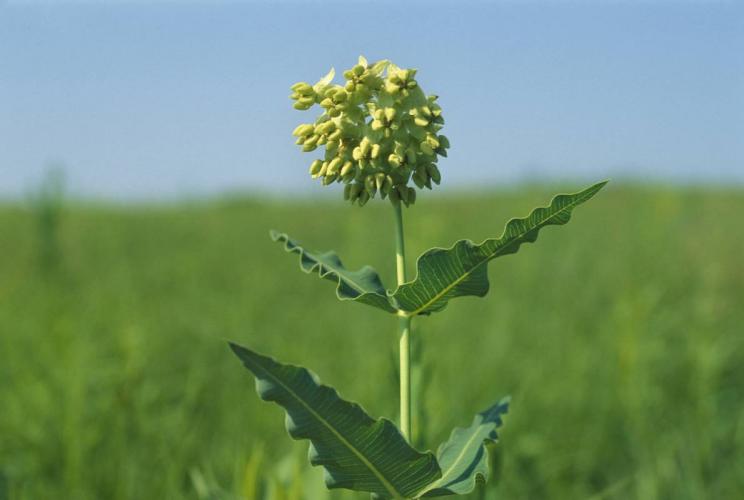Spring Creek Watershed encompasses a variety of habitats, including one of the largest prairie and savanna communities in the state. It supports a number of land uses and is home to numerous species of wildlife. Among them are the state endangered Mead's milkweed and the state and federally endangered Topeka shiner and Indiana bat.
The 46,795-acre Spring Creek Watershed priority geography includes four conservation areas: Dark Hollow Natural Area, Morris Prairie Conservation Area (CA), Shoemaker CA, and Union Ridge CA. MDC manages these areas to provide diverse habitat for plants and wildlife while offering the public compatible outdoor recreational opportunities.
Many private landowners within the Spring Creek geography are working with MDC and its partners on habitat renovations that benefit their land as well as the area’s native plants, wildlife, and natural communities.
Contact MDC's Northeast Regional Office to speak with a member of our dedicated team.
MDC staff can provide:
- Cost-share information
- Assistance with grazing management
- Technical advice for streambank stabilization and timber stand improvement
- Lists of contractors
- Guidance for timber sale administration
- Step-by-step recommendations for improving wildlife habitat
Title
What Conservation Practices Could Benefit Me?
MDC’s aim in priority geographies is to find common sense solutions to meet the goals of local landowners while balancing the needs of nature. Our staff and partners will work with you to create a program that fits your property goals with conservation practices that are right for you. In the Spring Creek Watershed, these practices may include:
- Streambank stabilization
- Reinforced stream crossings
- Grazing management
- Tree and shrub planting
- Fencing to protect sensitive areas
- Timber stand improvement
- Invasive species removal
- Prescribed fire to enhance habitat
Title
How Will The Area Benefit From Conservation Efforts?
- Increased productivity and improved forage production and diversity on working grasslands
- Reduced soil erosion, increased groundwater recharge, and improved water quality and stream health
- Restored native prairie, forest and woodland, and savanna habitats
- Sustainable populations of plant and animal species that are dependent upon grassland, forest and woodland, and savanna habitats
- Healthier forests and woodlands with sustainable timber harvests
- Reduced fragmentation/increased connectivity of the landscape
Title
What Species Will Be Helped?
While all species will benefit — including game animals — key species and species of greatest concern in the Spring Creek Watershed include:
- Birds: wild turkey, summer tanager, pileated woodpecker, whip-poor-will, chuck-will’s-widow, bobolink, dickcissel, Henslow’s sparrow, short-eared owlC
- Amphibians: small-mouthed salamander, Fowler’s toad, chorus frog
- Reptiles: ornate box turtle, five-lined skink, prairie kingsnake, eastern hognose snake
- Mammals: white-tailed deer, American badgerC, Indiana bat* **
- Insects and arachnids: regal fritillary, monarch butterfly, native bees, giant water scavenger beetle, red-spotted ant-mimic sac spider
- Mussels: yellow sandshell, white heelsplitter, mapleleaf
- Fish: brassy minnow, Topeka shiner* **
- Plants: Mead’s milkweed*, giant purple hyssop, green dragon, grove sandwart, wake robin, interrupted fern, wood lilly, jack-in-the-pulpit, rough blazing star, Indian paintbrush, quaking aspen, dwarf chinkapin oak
C = species of conservation concern, * = state endangered, ** = federally endangered






































